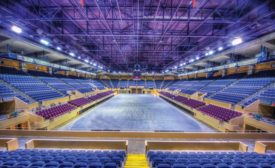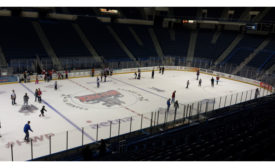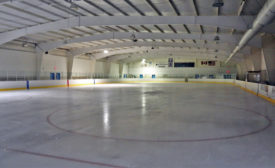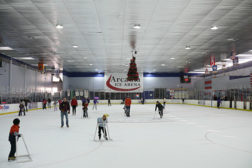Home » Keywords: » ice rinks
Items Tagged with 'ice rinks'
ARTICLES
Substitute refrigerant can now be used in ice rinks and cold storage warehouses
Read More
Winter Olympics Will Have Eco-Friendly Ice Rinks
CO2 and R-449A will be used in Beijing’s skating competition venues
February 2, 2022
Institutional HVAC Projects Require Specific Solutions
Meeting the needs for special uses requires creative thinking
Read More
Herb Brooks Arena Scores Big on Environmental Goals with Honeywell
Site of the 1980 “Miracle on Ice” uses Genetron Performax LT
June 2, 2017
Ice Rinks Consider Future Options Beyond R-22
Retrofits in Minnesota and Michigan provide examples of good options
Read More
ComStar Introduces R-22 Replacement Refrigerant for Ice Rink Systems
RS-45 said to be a true drop-in replacement for R-22
September 7, 2016
Alaska Aces Hockey Team’s ‘Green’ Ice Is a Winner
Sullivan Arena is second rink in the nation to use a CO2-based refrigeration system to generate its ice
January 18, 2016
March 30, 2015: First CO2 Ice Rink in US Saves Energy, Reduces Environmental Impact
Hillphoenix Installs Ice Rink’s CO2 Refrigeration System
March 30, 2015
Copyright ©2024. All Rights Reserved BNP Media.
Design, CMS, Hosting & Web Development :: ePublishing








